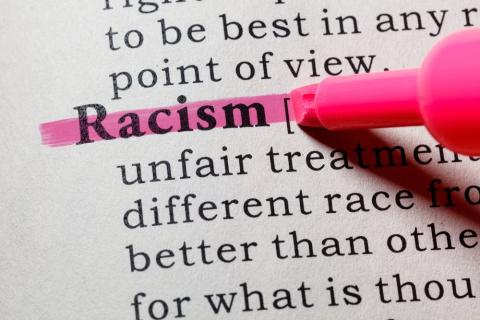Racism is a term used more and more frequently in recent American public discourse. After a rise of concern following the civil rights movement in the 1950s and 1960s, usage and understanding of the term has never fully gone away.
With large-scale street protests provoked by the Black Lives Matter movement, the term has captured more of the public discourse than ever before.
Along with the rise of concerns about general racism, there is greater discussion around the ideas of systemic racism and individual racism. Learning this distinction is critical to understand what activists and politicians are talking about when discussing this controversial issue.
Individual Racism
Most people are familiar with the idea of individual racism, though it’s only recently been called that. For many people, individual racism is just “racism.” It’s the idea that you treat other people differently based on nothing more than the color of their skin.
Maybe you view yourself as superior to them. Maybe you attach different stereotypes to them to explain their behavior, which influences how you act toward them.
Governmental changes like the Civil Rights Act of 1964, and the far more recent election of Barack Obama in 2008 have led a small majority of survey respondents to suggest that racism in total has diminished or even disappeared from the American landscape.
Some even say that the issue now is reverse racism, which different sides argue the validity of. No matter which side you’re on, racism is certainly still a problem in America, and even more so after the presidential election last year.
Systemic Racism
Recent activism has shed light on another definition of racism — this one much more insidious and difficult to combat.
This type of racism is known as systemic racism, or structural racism, and refers to institutions that harm people of color more than other groups. It’s less about the individuals and more about the institutions that the individuals make up, and how those institutions influence the individuals on a widespread level.
Systemic racism is harder to combat because it doesn’t explicitly state that it’s trying to harm one group over another. There are no laws that say African-Americans should be arrested more often or given longer jail sentences than whites.
But the statistics show that this is often the case.
Additionally, they also tend to die to unnatural causes while incarcerated—sometimes at the hands of police or other personnel. This injustice has mobilized thousands of activists in recent years and influenced several laws and elections.
Conclusion
Individual and systemic racism are both scourges on the United States. Most people know and are repulsed by individual racism, though they may hold different views on how it’s affecting America today.
Systemic racism is much more difficult to fully recognize and understand, and therefore, it’s much more difficult to combat. Only by knowing and talking about the problem can the American people find time-honored solutions to help remove both forms of racism from this country.
It’s time we really sit down and talk. We’re all God’s children: shouldn’t everyone be treated the same?
Photo Credit: Feng Yu / shutterstock.com
